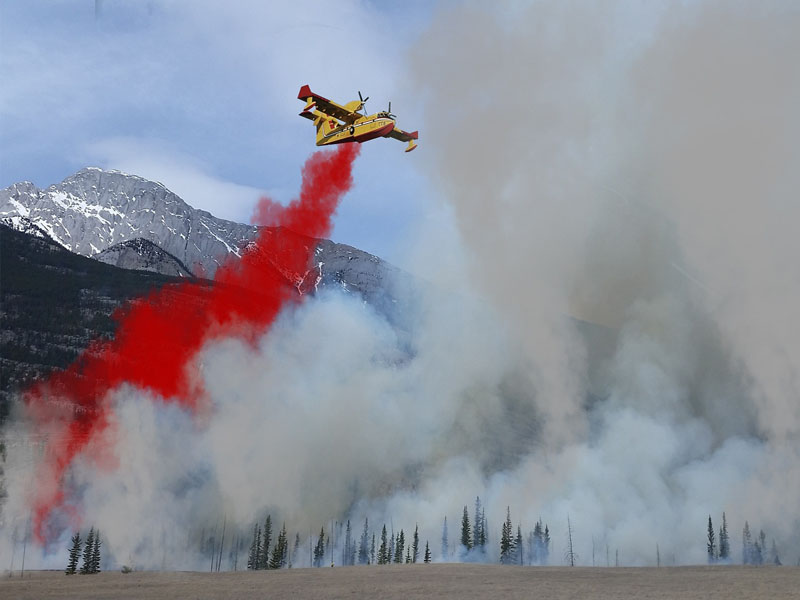Though force can protect in emergency, only justice, fairness, consideration and cooperation can finally lead men to the dawn of eternal peace.
~Dwight D. Eisenhower
Introduction
Under the state of emergency in India, the President of India takes over the Governance and supersedes many provisions of the constitution itself, which is all superior in a democratic country like India. But it is not the President alone operating in times of emergency, it is the cabinet of ministers alongside otherside emergency situations in the country that can be worsened by tyrannical rule if left unchecked.
In the state of emergency, the fundamental rights of the people are also not guaranteed due to usurping problems threatening the sovereignty of the country.
The provisions to be followed during emergency are contained in Part XVIII of the Constitution of India, from the Article 352 to 360. These provisions help the Central Government to deal with the emergency situation in the most effective manner.
There are three types of emergencies:
- National Emergency
- Constitutional Emergency
- Financial Emergency
National Emergency
- National emergency is declared when there is war either external aggression or armed rebellion.
- There are two types of National Emergency:
- External Emergency
- Internal Emergency
- The President can actually declare a national emergency even before its actual occurrence of war on borders or armed rebellion threatening internal security.
- The proclamation of emergency must be approved by both the houses of parliament within one month from the date of its issue for it to come into total effect.
- If approved by both the houses, the Emergency continues for 6 months and can be extended to an indefinite period with an approval of the Parliament for every six months.
National Emergency
|
External Emergency |
Internal Emergency |
| When a national emergency is declared on the grounds of war or external aggression. | When a national emergency is declared on the grounds of armed rebellion. |
| Example: India-Pak War. | Example: Nationwide Communal Riot |
Financial Emergency
- Financial Emergency is declared when the President is sure that a situation has arisen due to the financial instability or credit of India.
- A proclamation declaring financial emergency must be approved by both the Houses of Parliament within two months from the date of its issue for it to come into total effect.
- And once approved by both the houses of Parliament, the Financial Emergency continues indefinitely until the situation gets better, it is not revoked.
References:
https://www.drishtiias.com/to-the-points/Paper2/emergency-provisions
https://pixabay.com/photos/forest-fire-fire-fighting-aircraft-2486761/
Stay with
Prerna 🙂


